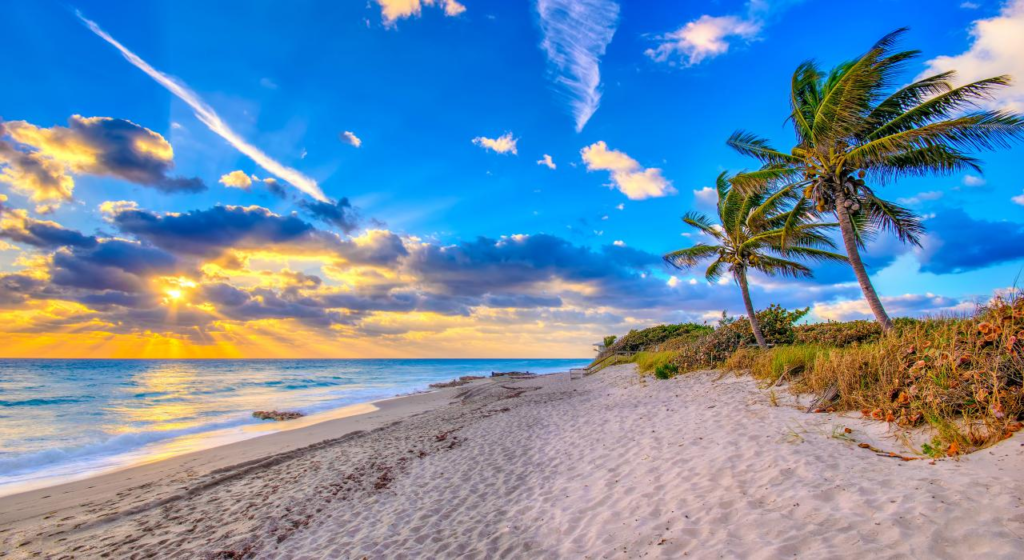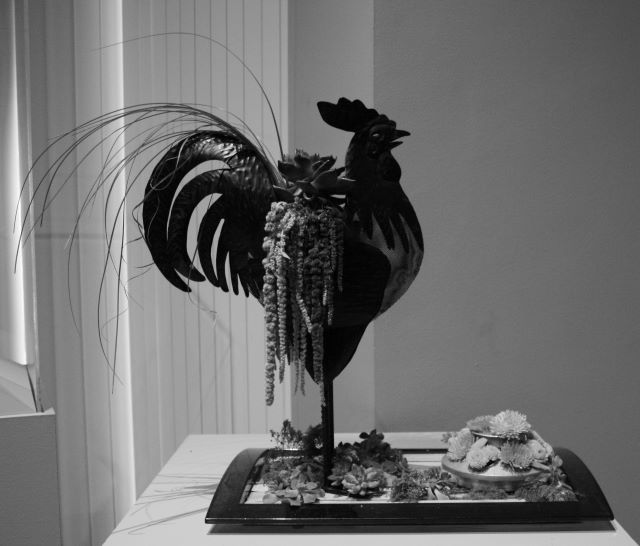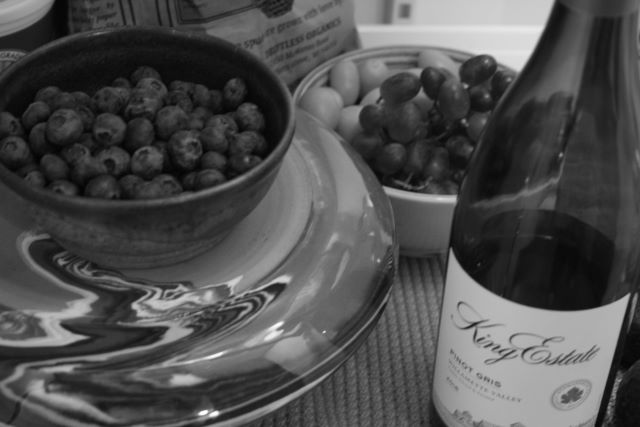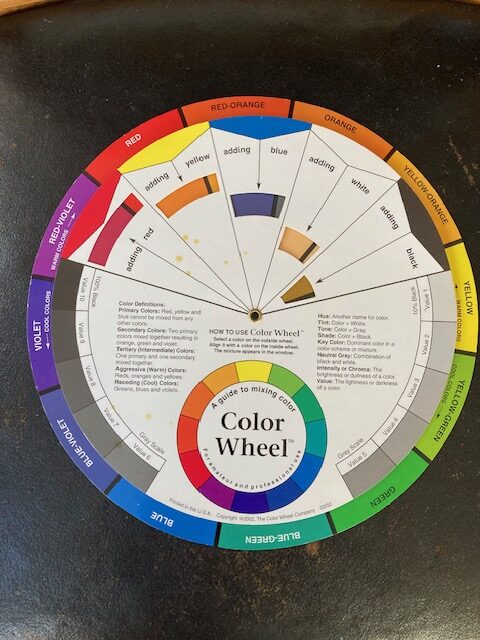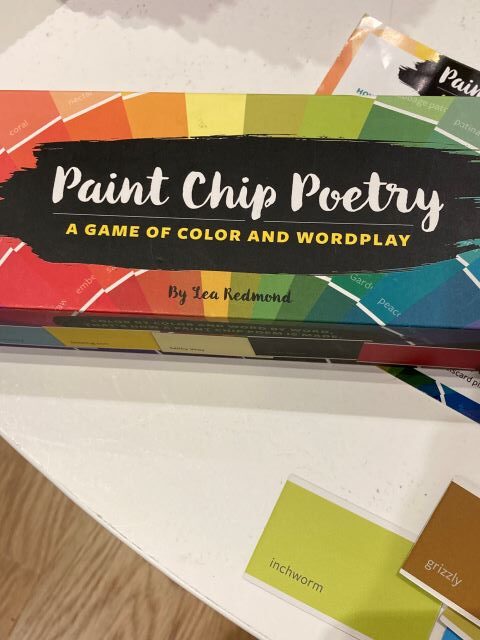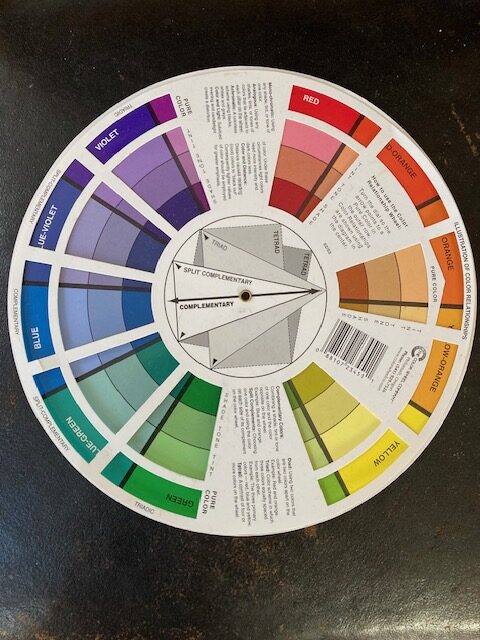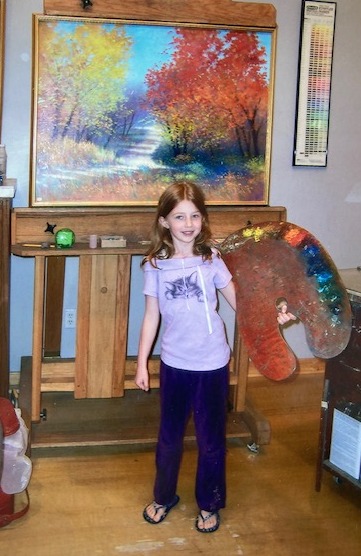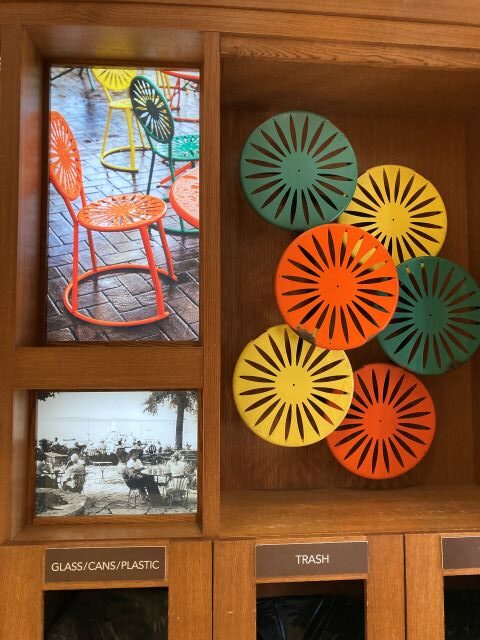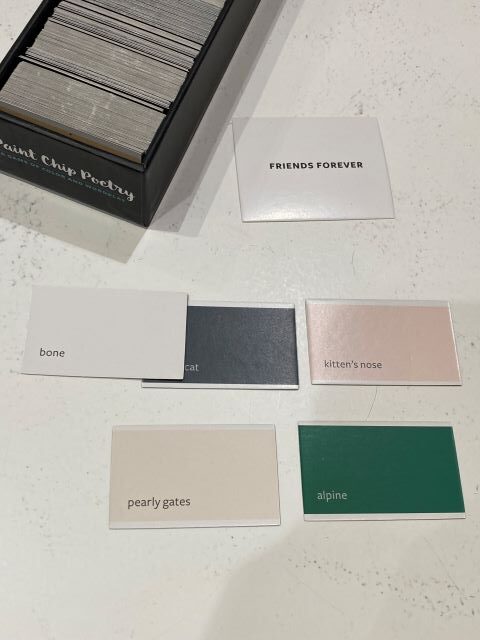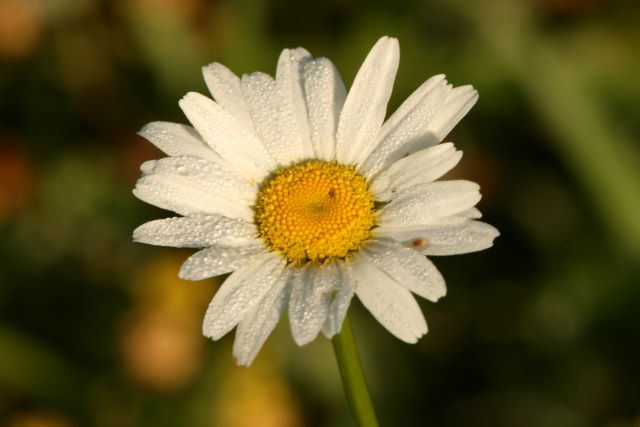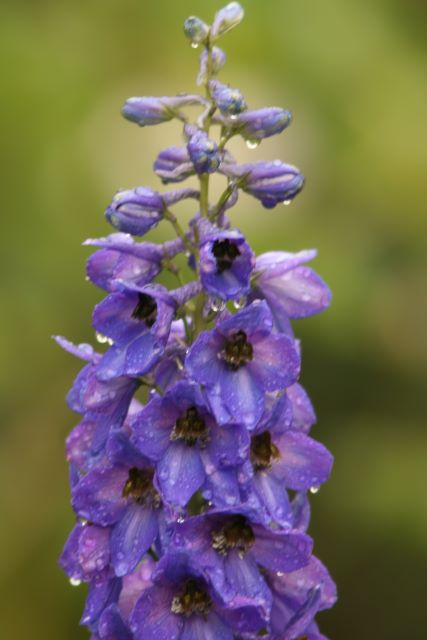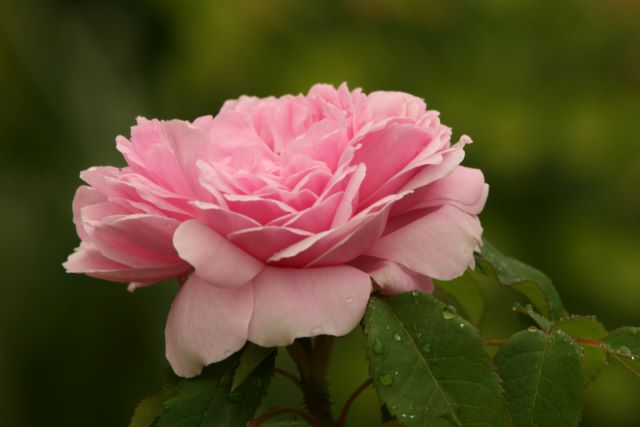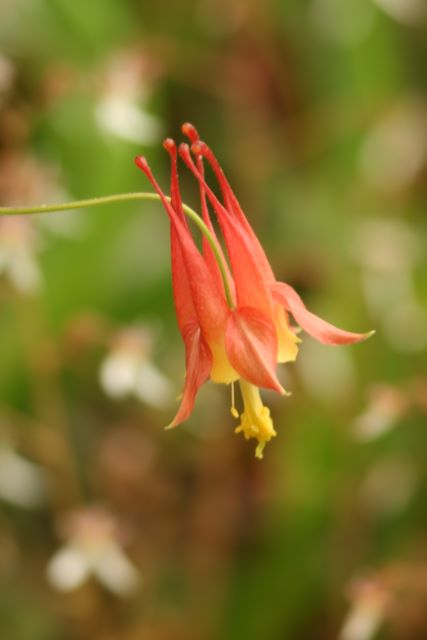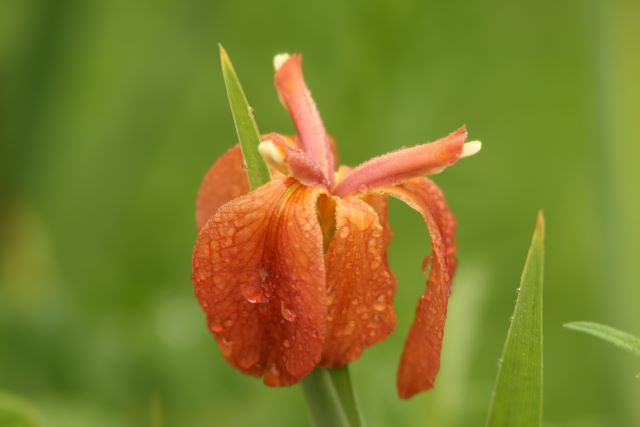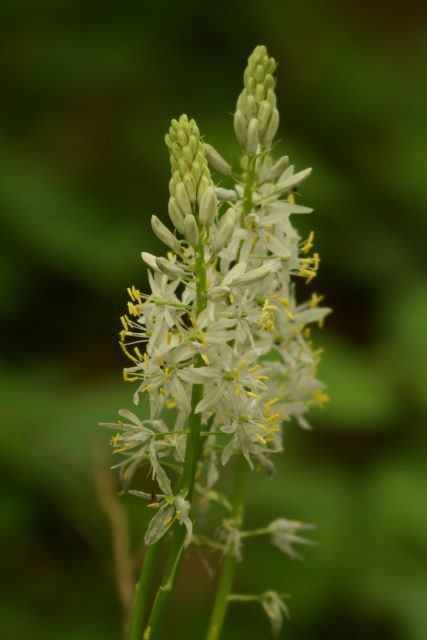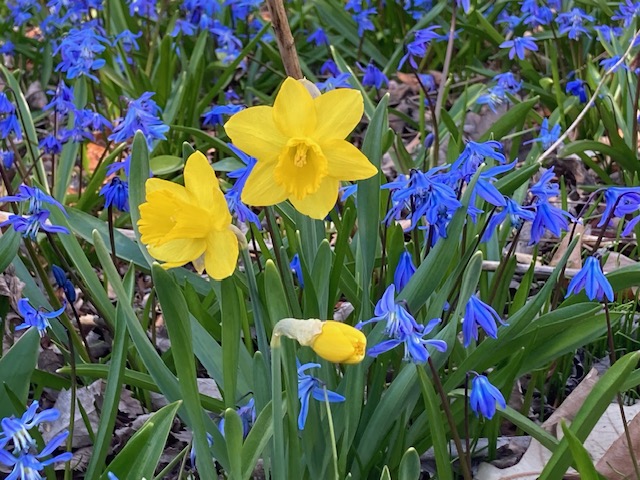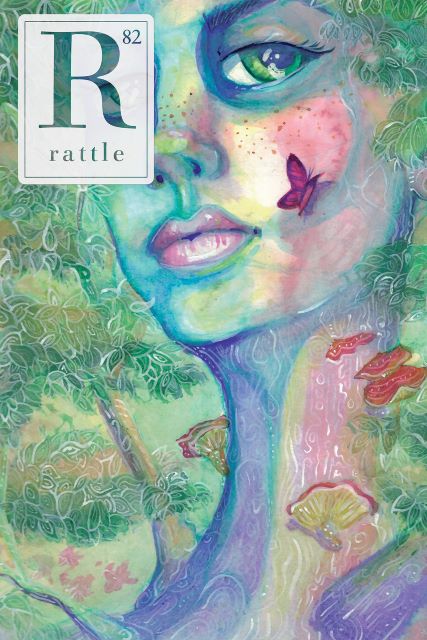
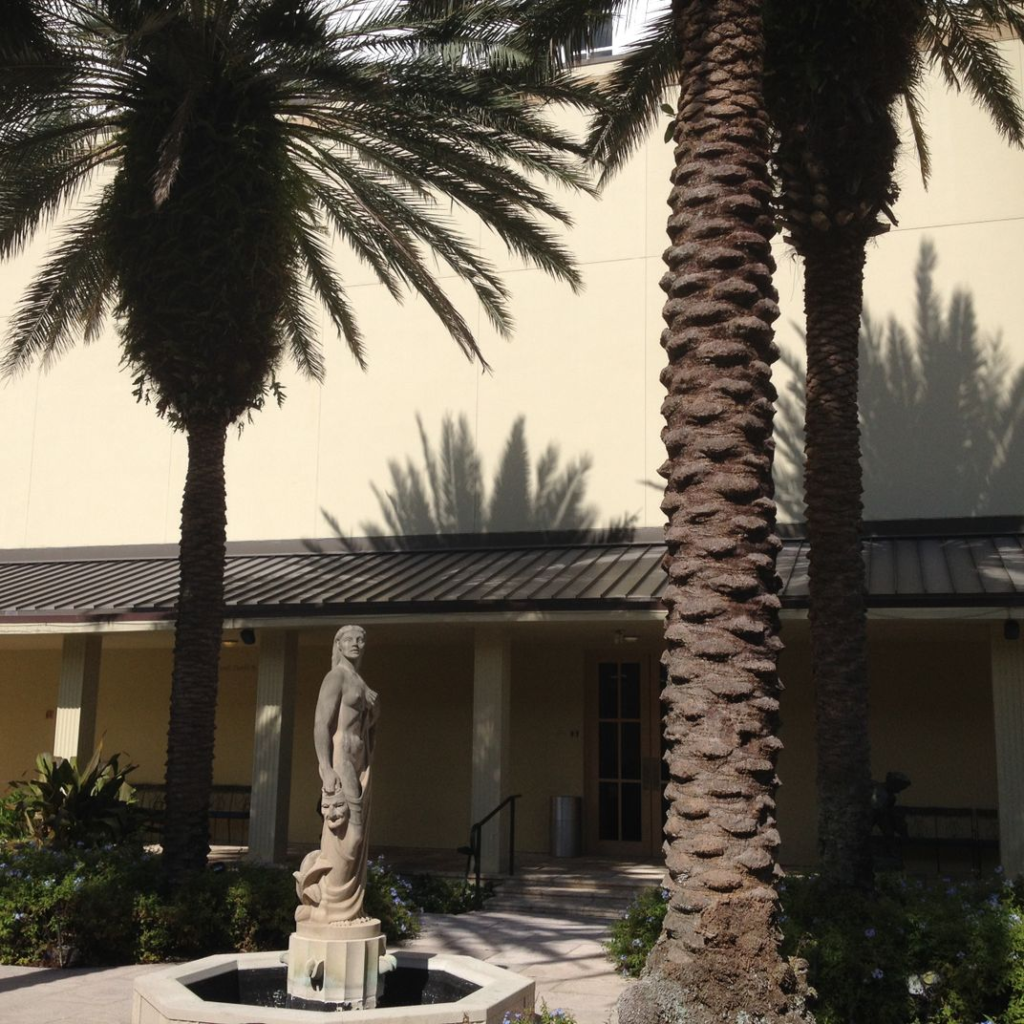
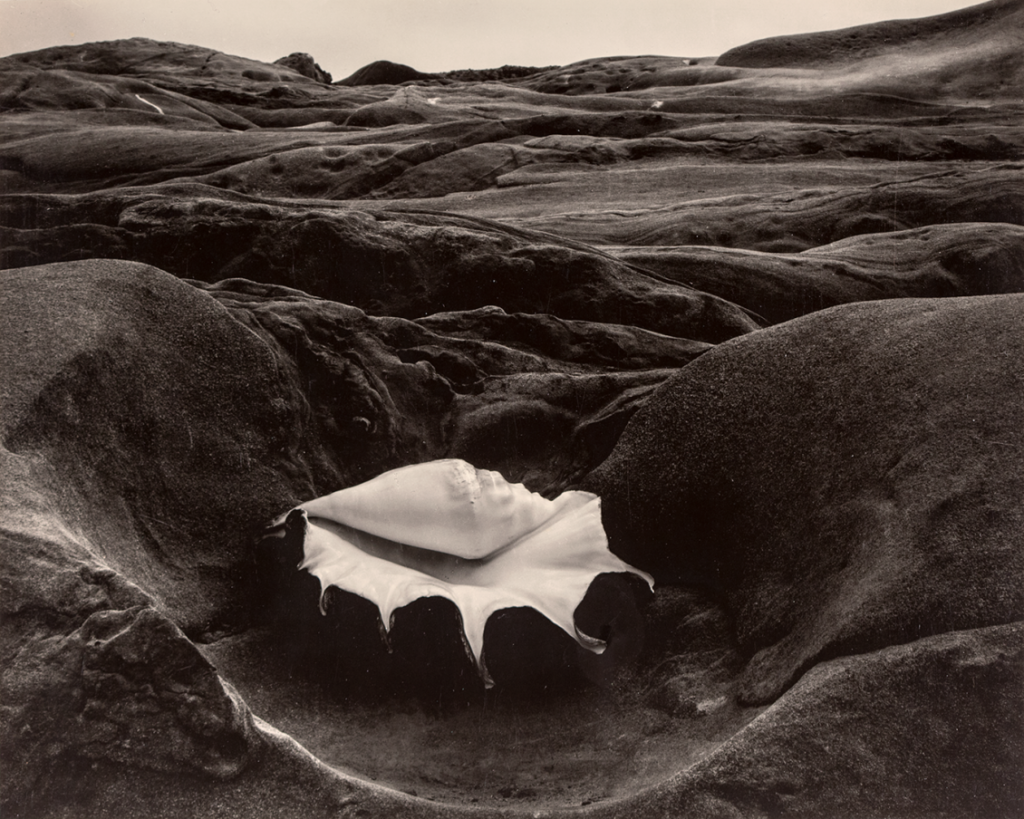
Today’s poem is drawn from the third section of Geranium Lake. This section is titled “Ars Poetica.” It gathers together poems that celebrate–or at least explore–the ways in which the poetic ambiguity of experience flows into poetry on the page. The poem featured here was written after I had undertaken to write two capital campaign case statements for a prominent museum–a few years apart–and made a couple of memorable journeys to Palm Beach, Florida. The first of these campaigns doubled the footprint of the historical Norton Gallery of Art, allowing it to grow into its new identity as the Norton Museum of Art.
On my second visit, in the aftermath of a tremendous hurricane which downed palm trees and threatened the Museum’s collections, the curatorshowed me the place in the floor of one gallery that had marked the outer wall of the old building. It was a thrill to be able to step across it, seamlessly, into the labyrinth of new spaces dedicated to new art. After the tour, though, I felt paralyzed by perfectionism, worried that I would not be able to create the poetic prose required a second time, worried I would not be able to perform when expectations were high.
One cannot encounter the art of others without be moved, sometimes to making art one’s self. For me, this is part of the message of Wallace Stevens‘s masterful poem, “The Idea of Order at Key West,” which I all but memorized in graduate school. My rather cheeky homage to him also alludes to the opening lines I love in his poem “Sunday Morning:”
"Complacencies of the peignoir, and late Coffee and oranges in a sunny chair, And the green freedom of a cockatoo..."

Today, I mentally substitute “silky freedom of a Maltipoo.” Those who have met Stella know why. In the end, the project was completed with some level of verve. The client and I were both happy. In that afternoon of quiet poolside terror, I was far from feeling complacent, but from a distance I am relaxed about that sojurn. I hope Stevens would enjoy the juxtaposition of “nails” with “palm beach” and the oddity of monkeys in leopard print…one really cannot make these things up!
Polishing My Nails in Palm Beach A sojourn in Wallace Stevens’s country I. The Chesterfield “Charming’ Hotel faces west. Monkeys framed in leopard print perch on the elevator door, adorn the moving walls. Two decades since I’ve traveled here. The sky is still cloudless; the awnings snappy now, red and white stripes; the cabbies irascible as always. In middle age now, I sit by the pool polishing my fingernails pink. This trip is not about me, not about my photography or poetry, not about my family – except that is why I am here, to support my family, my life, my precious, playful monkey business. II. This morning, at the client’s request, I drank it all in. Open to the sky, the old courtyard of the Norton Museum of Art is filled with the music of water, stirs with fresh air, while four striped palms wheel their louvered green blades. Skinks, alert and active, shake the purple blossoms framing an octagonal pool. At the very center stands “Youth,” carved in stone, as we all wish it were, continually renewed, ankles lapped by clear currents, toes tickled by coins, her weary mask of age, slipping like a fan, tracing the arc of the setting sun. III. Now, I must sit with my own fears, to face the best I can do, understanding perfection is impossible but progress is polish, a slight iridescence of language that makes all the difference. Oranges. Scent of sweet jasmine. Shimmer like sun breaking on blue waves. Art is refreshment – a breeze off the ocean of time.

Wishing you a day filled with both art and nature, LESLIE
